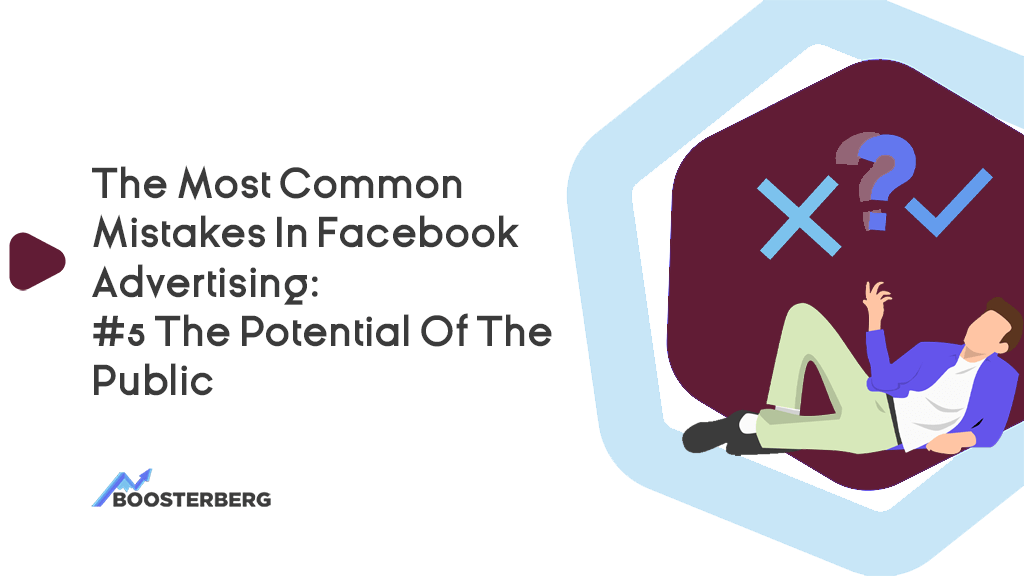The one thing that is often seen is the ineffective use of audiences – most campaigns run on 1-3% lookalikes and some basic remarketing. The problem with small lookalikes (often only from Purchase) is that they are consumed very quickly and are not suitable for scaling.
Don’t be afraid to try lookalikes from Add to Cart events, top 25% of website visitors, email lookalikes from shoppers or subscribers, lookalikes from social engagers, people who saved your posts, etc. People also make little use of value-based lookalikes. Either Purchase, but at the same time value-based LALs can also be made from Add to Cart or View Content.
Ideally, your email marketing tool will allow you to automatically sync your email segments with Facebook custom audiences that you use as seed audiences for lookalikes. This ensures regular audience updates. As Facebook receives less and less reliable data, it is advisable to feed it email audiences or offline conversions, or use platform data sources that are not affected by iOS opt-outs (e.g. social engagers, % video views, etc.) to create lookalikes.
Interests
Interests – it depends. Sometimes they work great, other times it’s misery. I often use interests when targeting leads – for example, if I’m selling running clothes, I don’t just target running, but for example, books that runners read, or healthy food.
In terms of consolidation, I prefer stacking interests instead of dividing them into separate Ad sets. If I am sure that these are relevant interests, I stack them into one Adset to give Facebook more space to find the right people.
You have to think about the logic of a given interest and decide accordingly. Some interests are relevant – fitness, clothing, etc. But others may not work – vegetarianism, meat, or public and political things. For example, if you target vegans, there’s a good chance you’ll hit those who make fun of them. If you target politics or social issues, there’s a good chance you’ll also hit the side of the “conflict” that doesn’t hate the topic (e.g. LGBT) but is reading about it, which will lower your estimated action rate, sink your Ad quality and increase your CPM.
How it should look like
Extremely few people use BROAD – broad targeting. They are often afraid of it. Yes, broad will always have slightly worse results (more or less) than narrow audiences. But if you have enough data in the pixel, FB knows who are the people who will buy from you. It can find such people in broad targeting and find more of them (at a slightly higher price). If you have enough purchase events and you sell for example cosmetics for women, try also targeting all women in Slovakia over XX years. That’s it, no interests, lookalikes, etc.
Example
Instead of targeting 5% of lookalike purchasers in let’s say Slovakia in the last X days, make several different lookalike purchasers and put them in one Adset. For example 5% LAL (Lookalike Audience) PURCHASE 30 days, 60 days, 90 days, 180 days, add a value-based lookalike purchase and add a lookalike purchase from the email audience of people who have purchased in the last year.
Yes, there will be relatively large overlaps, but you can still inflate the size of your target audience several times over – and they are all highly relevant people generated from your purchase event.
Summary
Facebook knows who in this broad audience are the people that buy cosmetics, have the money to buy from you and maybe right now are looking for a new brand of cosmetics to try. Yes, the effectiveness won’t be the same as with up-targeting, but if you’re hitting limits with lookalikes or need to scale campaigns, BROAD targeting will be unavoidable sooner or later.
Per percent, lookalikes have their physical limits. This is even more true in small countries like Slovakia. There are so few people here and Facebook Advertising is so cheap that even for very little money you can reach many people quite quickly. If you want to scale, you need to constantly invent new creatives and expand your targeting. There is a difference between the 5% lookalike audience in small countries and in the countries like UK or USA. Moreover, very few people use stacked audiences, whether lookalikes or interests. My favourite are purchase lookalike stacks, which increase relevant people, consolidate targeting and give Facebook much more room to find people who are still highly relevant.
All credits for this series goes to Martin Palsovic, E – commerce consultant with more than 14 years of marketing experience.
Focus on the things you are great in – your business, leave the struggles with Ad management. on US. Try one of our provided SERVICES for a hassle-free way to get ahead!
